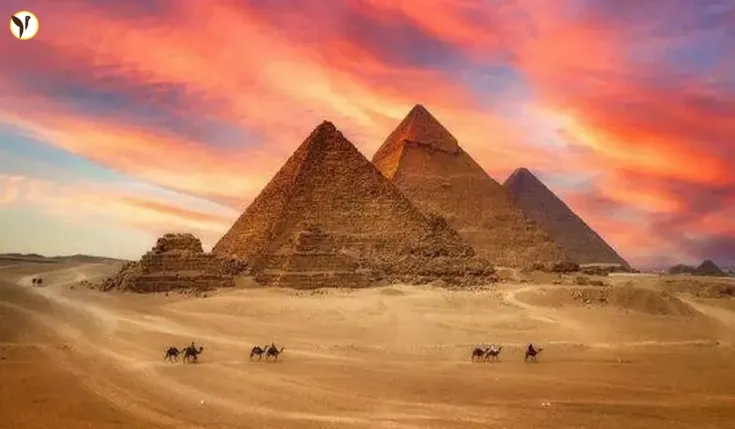Saving the Pyramids: How Egypt is Tackling Giza's Overcrowding Crisis
Okay, picture this: the Pyramids of Giza. Breathtaking, right? Ancient wonders that leave you speechless. But here's the thing – they're facing a seriously modern problem: too many tourists. We're talking a whopping 17.5 million visitors in 2024 alone, with predictions of a mind-boggling 30 million by 2030! That's a lot of people crammed into a relatively small space. This article dives into the chaos, the ambitious rescue plan, and the push for more sustainable tourism.
A Paradise in Peril
The Pyramids’ popularity is a double-edged sword, you know? It’s great for Egypt's economy – tourism contributes about 10% of its GDP – but the sheer number of visitors has created some serious issues. I've seen it myself on social media – aggressive vendors, traffic jams that rival rush hour in any major city, and unfortunately, reports of animal cruelty that are heartbreaking. Honestly, who wants to see that kind of thing when they're visiting such an incredible place? It's tarnishing Egypt's reputation, which is a big deal for their tourism industry.
Egypt's Big, Bold Plan
So, Egypt isn't just sitting idly by. They’ve launched a massive $51 million revitalization project, spearheaded by Orascom Pyramids. Think of it as a major makeover, but with a whole lot more to it than just a fresh coat of paint. They're building a new access point on the Cairo-Fayum road to ease congestion, replacing those polluting and often cruel animal-drawn carts with 45 electric buses (hallelujah!), restoring ancient tombs, implementing an online ticketing system, and cracking down on unethical commercial practices. It's not just about making things look pretty; it's about making tourism sustainable for everyone.
More Than Just Looks: It's About Ethics and the Future
This plan directly addresses animal welfare concerns – something organizations like PETA have been highlighting for a while. Those electric buses are a humane and eco-friendly solution, and the crackdown on aggressive vendors aims to improve the experience for visitors and protect local residents. The focus on sustainable practices shows a real commitment to preserving this incredible historical site for future generations. It's not just about today; it's about the next 100 years and beyond.
Can They Pull It Off?
This initiative represents a huge shift toward responsible tourism. Egypt's tackling overcrowding, promoting ethical practices, and prioritizing the well-being of both visitors and animals. They're hoping to keep the magic of the Giza Pyramids alive for years to come. Will it work? That remains to be seen. But, the fact that they're even trying is huge, and this could set a fantastic example for other historical sites around the world facing similar challenges. It’s a huge undertaking, but if anyone can save the magic of the pyramids, it’s Egypt.







